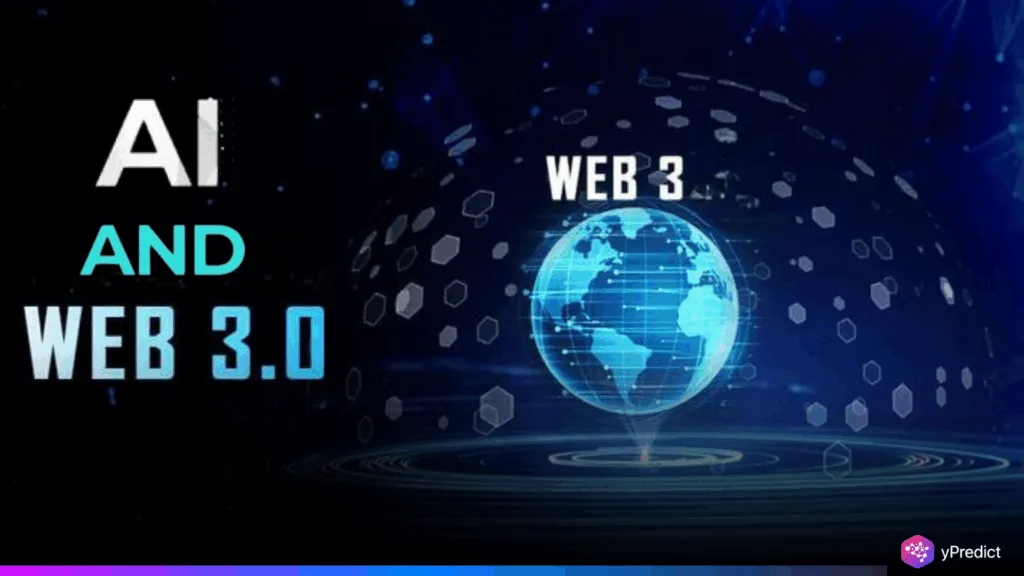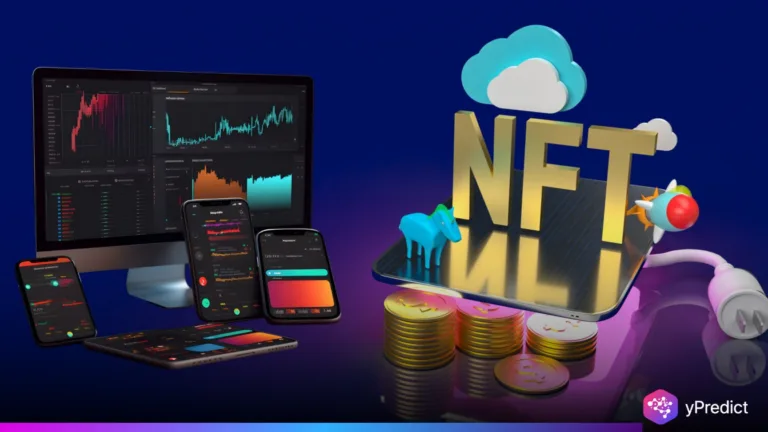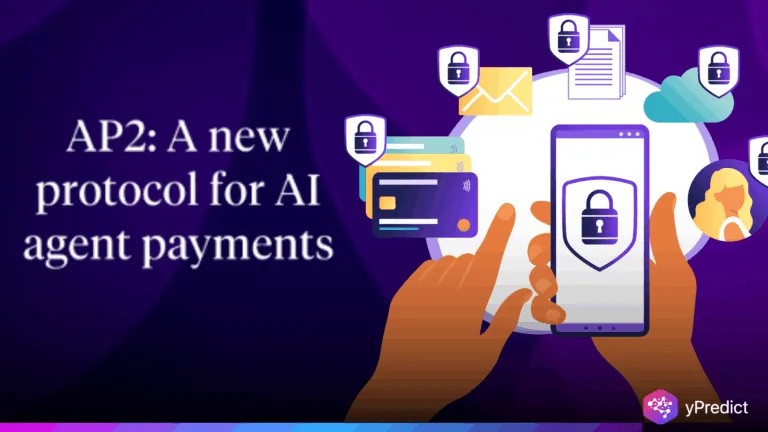
GridOS is shaping the future of Web3 development by integrating autonomous AI agents and rethinking multi-chain wallets. Its AI toolkit automates auditing, gas optimization, and deployment, streamlining workflows. The $GRID token anchors the platform’s economy, powering payments, governance, and AI service access, with research showing token models can boost engagement by up to 30%. GridOS wallets act as intelligent gateways with delegated authority and gas-saving mechanisms, reducing operational friction by up to 25%. This architecture transforms traditional decentralized development, prioritizing scalability, trustlessness, and usability. GridOS offers a compelling glimpse into how AI can reshape infrastructure in the decentralized web.
AI Toolkit and Autonomous Agents Reshape Web3 Development
GridOS has come up with an AI toolset to address fundamental inefficiencies in Web3 development. At the heart of this are autonomous AI agents, modular Act-specific subassemblies that conduct the audit of smart contracts, optimal consumption of gas, and multichain rollouts. Such agents do not require periodic monitoring and supervision by a human and take over repetitive, high-risk operations, thereby minimizing the number of mistakes and time it takes to promote. The first benefit is that the platform can be implemented on various blockchain networks. Allows a developer to freely introduce dApps in Ethereum, Binance Smart Chain, and many more with only one interface.
Continuous monitoring is also done via AI agents. As they adjust the performance of smart contracts on a real-time basis, and report vulnerabilities. Such adaptive capacity indicates a wider pattern within Web3. The enforcement of trust, overhead reduction, and sustained uptime without centralization is enforced through automation. Incorporating these agents in the architecture of GridOS makes the platform distinguishable from other developer stacks. It eliminates technical hairs and reduces the risk factor, enabling a smooth environment of safe and scalable deployment. The model is an autonomous tool-based model that shows that AI is no longer a mere adjunct to the development of blockchain but acts as the base of building resilient and efficient decentralized systems.
Token Design and Wallet Architecture Enhance Participation
The $GRID token forms the backbone of the GridOS ecosystem. It enables payments for services like AI auditing and contract deployment, while also facilitating on-platform transactions and protocol governance. This token utility mirrors models seen in decentralized finance, where incentivization structures drive community participation. According to a 2023 Blockchain Research Institute study, platforms using similar token-based models have seen user engagement rise by up to 30%. GridOS wallets also go beyond conventional use. Rather than functioning solely as transaction tools, they evolve into programmable agents that govern access, delegation, and execution across the platform’s modules.
Wallets are integrated with modules like GridHub, a decentralized marketplace. GridGuard, a threat detection system, gives them system-level utility. Features like delegated authority and on-chain identity are crucial for automating multi-step operations in trustless environments. The architecture of wallets with smart automation embedded in them offers an approximate 25% reduction in operational friction provided by GridOS. This makes decentralized workflows easier to use by both developers and end users with a more intuitive and safer user experience. It is a paradigm change because wallets are now used as smart gateways and mediums instead of being inert storage devices.
GridOS Redefines the AI–Web3 Infrastructure Stack
GridOS is an illustration of how autonomous AI and decentralized architecture can simplify development. Enhance security and transform how users will interact with Web3 platforms. It has an AI-powered toolset, a token-based system of taking part, and intelligent wallet functionality. That gives the vision of what the dApp architecture of the next generation may look like. Rapid and leaderless, and also friendly and quick to operate. The platform minimizes the friction, increases composability, and redefines the meaning of building and operating in a decentralized ecosystem. GridOS offers solutions to fragmentation, operation overhead, and governance in a single stack, which makes it a potential blueprint for future Web3 tools.






